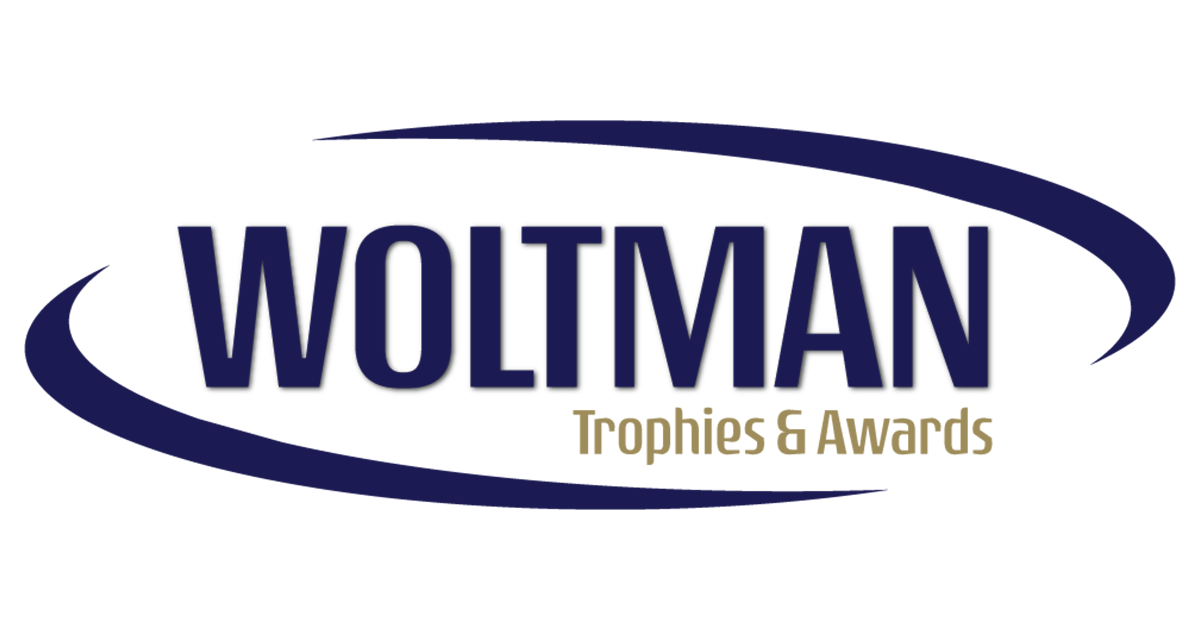Remote Employee Engagement Tips
Remote work is no longer a trendy job perk designed to attract and retain top talent. While remote working can shorten communities, increase flexibility for your team, and boost work-life balance, there are also some disadvantages.
Organizations that are new to this way of working can find that employees are struggling to adjust to a “new normal” and are disconnected from their coworkers. Collaboration could be more difficult, communication could be strained, and that could, in turn, lead to isolation. It’s up to business owners and managers to provide the tools and resources needed to keep engagement and excitement high for employees to stay passionate despite everything that’s going on.
Work on Well-being
Even while at home, your employees’ health and well-being should still be encouraged. Develop a wellness program that incentivizes exercise, eating well, and taking care of mental health. Just as is the case with a traditional in-office scenario, your workers won’t be able to perform at their potential if they’re physically sick or struggling with mental health.
Some ideas include a 30-day yoga challenge, a Google Doc where they can share favorite healthy recipes or daily meditation breaks. Not only will your employees appreciate your concern for their individual wellness, but it’s also a way to help them bond with each other. Accountability goes a long way to keeping everyone on track and sticking to healthy habits.
Provide Tools for Success
Don’t let your team wander in the virtual wilderness to choose their own collaboration tools. Choose a few universal platforms that everyone can use easily and back that up with training. Otherwise, employees will face frustration that could stall open communication and put up obstacles that stand in the way of engagement.
Additionally, schedule some time for everyone to use these tools in more casual ways. Just like break rooms allow for social conversation and bonding, so too can Zoom “happy hours” or non-work-related lunch break meetings on Google Hangouts. Not every virtual reaction needs to be buttoned up!
Keep Up Connections
Professionalism is key, but so is the human touch. Your employees are struggling with everything that’s going on in the world and they have families and hobbies and personal trials to contend with while also maintaining productivity. Take the time to understand what they like to do when they’re not working, and go the extra mile to connect with them about those interests.
Engagement goes beyond doing their job efficiently; it’s also about knowing their managers and business leaders are working hard to create a holistic connection. Workers will know when you’re trying to communicate with a one-size-fits-all approach, and this could lead to them slowly distancing themselves from the job. When problems do arise — either at work or home — this personal knowledge can shed light on solutions that will help get everyone back on the same page.
Consider Communication
It’s not uncommon for remote work to make the concept of “business hours” a little more fluid, especially if you’re allowing for employees to work outside of the normal schedule you had established in-office. Understanding that those with a non-traditional workflow may need some help or even interaction goes a long way, and establishing open-door policies can give them peace of mind their questions will be answered in a timely manner.
On the other hand, don’t expect that your remote team will be available to answer your questions after work hours. If you do happen to reach out when you know they’re not on the clock, make it clear that you don’t expect them to respond immediately. When employees feel like they have to be “always on” they may slowly start to burn out — which is a direct path toward lack of employee engagement.
Express Employee Value
Even if you can’t show your team in person that you value their hard work by popping by their office or celebrating a work milestone, this is still something that needs to happen. Send an e-gift card for birthdays, schedule a team Zoom call to mark new sales deals, or share an example of great work in the workplace Slack channel. You can even gamify the process to give employees a universal set of metrics that helps empower them to track their success.
If you were in the habit of awarding staff members in-office, don’t give up this practice now that they’re working at home. This carries as much weight (maybe even more) now as it did when you started your recognition efforts. Giving employees a chance to keep up with meeting these goals will stoke the passion they feel for their job and your organization. Think about how well those well-crafted and personalized awards (which our team can help you conceptualize and design) will look in the background during virtual meetings.
The post Remote Employee Engagement Tips appeared first on Woltman Trophies & Awards.



